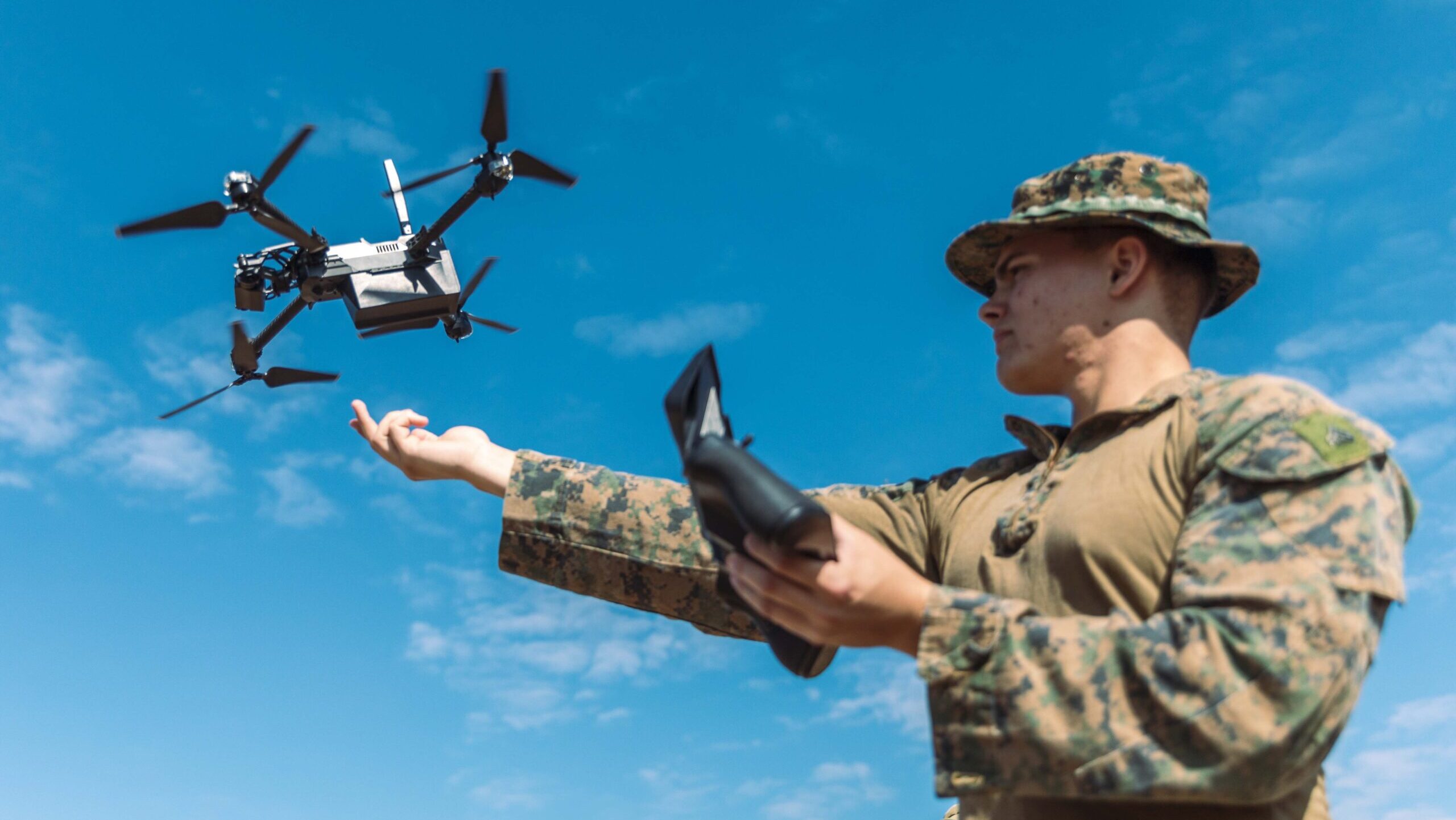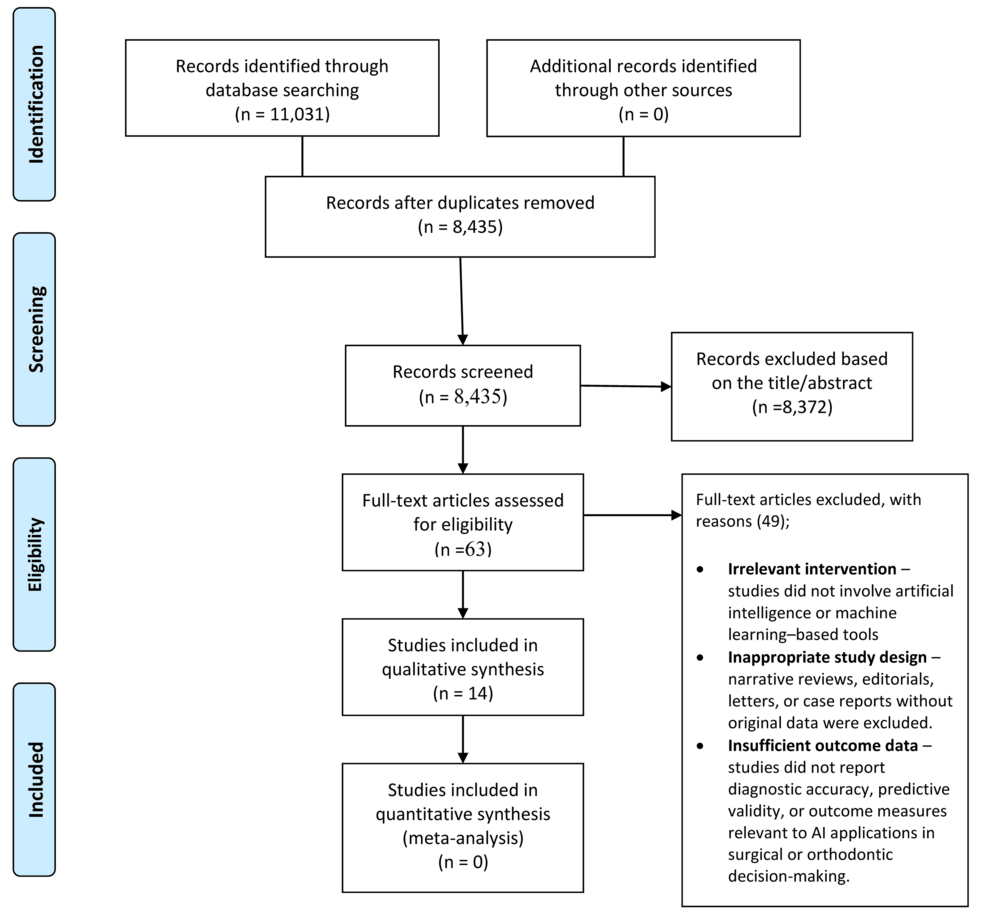Home Specialties Specialties Browse Articles Posters Abstracts Cureus Collections Specialties Allergy / Immunology Anatomy Anesthesiology Cardiac / Thoracic / Vascular Surgery Cardiology Dentistry Dermatology Emergency Medicine Endocrinology / Diabetes / Metabolism Environmental Health Epidemiology / Public Health Family / General Practice Forensic Medicine Gastroenterology General Surgery Genetics Geriatrics Healthcare Technology Health Policy Hematology HIV /

Report: US counter-drone defenses ‘insufficient’ as China scales up unmanned capabilities
WASHINGTON — A new thinktank report has concluded that though the Pentagon has significantly invested in counter-drone capabilities over the past decade, the level of speed and scale at which it is happening is “insufficient.”
It’s a vulnerability that could eventually lead to the US losing a war against adversarial state actors and nations, namely China, which has substantially bulked up and diversified its drone capabilities over the years, said the study, published today by the Center for New American Security.
“The United States views China as its foremost strategic threat, and the People’s Liberation Army (PLA) is rapidly advancing its drone capabilities by developing more autonomous systems and acquiring them at scale,” CNAS authors Stacie Pettyjohn and Molly Campbell write. “Without deep magazines of substantially enhanced counter-drone capabilities, the United States risks having its distributed warfighting strategies overwhelmed by massed Chinese drone attacks, and the United States could lose a war over Taiwan.”
To respond to such threats, the study outlined a slew of recommendations for the Pentagon, but Pettyjohn told Breaking Defense that there are three that stood out to her: scaling up platforms with modified ammunition to defeat smaller drone swarms, fielding directed energy solutions like high-power microwaves (HPMs) to take out larger drone swarms and utilizing machine learning and artificial intelligence for initial threat detection.
“Developing and modifying existing ammunition so that it is purpose-built to take on drones is so, so sensible and so easy,” she said in an interview. “You can imagine easily augmenting infantry battalions — I don’t know if it needs to go down to a company level — maybe with a couple of trucks that have cannons on the back, like the Ukrainians use, and then you have mobile defenses.”
Though Pettyjohn called it the “sensible” solution, she said the joint force has not widely implemented this concept, saying that only the Navy has extensively explored this practice by putting ammunition like the MK 45 five-inch caliber gun on a destroyer. But she added that in a future fight, ground-based and air-based systems will need similar modifications.
That could be an effective way to fend of a few threats, but Pettyjohn said when it comes to defeating large autonomous drone swarms, it doesn’t make sense to use the same approach. Instead, the study said HPMs are the “technology most capable of defeating swarms and high-volume attacks.”
The study warned that “[i]n a war with China, the People’s Liberation Army (PLA) is likely to launch large, heterogeneous salvos of drones and missiles and autonomous drone swarms,” an attack the likes of which Pettyjohn said one-off defenses would unlikely be able to handle.
“One of the big failings with almost all of the defensive systems is that they can take out one target at a time. You can fire a bullet or a bowl of bullets with the cannons, but you’re aiming and sort of you have to move it around, and the same is true of missiles,” Pettyjohn said. She also said jammers could possibly take out more drones than a traditional defense system, but the adversary will be able to switch the frequency they are operating on once they realize what the jammer is doing.
“You need high powered microwaves that hold the promise of really being able to take out a swarm. So, thin the herd with other types of kinetic defenses along the way, and then the high powered microwave is your final, last line of defense that [takes down] a whole bunch of drones simultaneously,” Pettyjohn said.
But for all of this to work efficiently, the warfighter operating such c-UAS capabilities must be able to detect the threat quickly, the study said.
“In a war with China, the People’s Liberation Army (PLA) is likely to launch large, heterogeneous salvos of drones and missiles and autonomous drone swarms at American forces who will need AI-enabled battle management and high-power microwaves to counter them,” the study read.
“Machine learning or AI algorithms could help the computer vision that helps to identify the targets first of all, because that initial detection is really important and determines the amount of time that you have to engage the incoming threats,” Pettyjohn added.
Apart from adopting new techniques and investing in emerging technologies, the report said that “the counter-drone mission entails much more than simply air defense and cannot be relegated to traditional, isolated air defense formations.”
“I think the Army thinks of [c-UAS] as an air defense problem, and it is, right? Especially when you get into Group 3 [medium-size drones]. But it extends beyond that, and it really becomes something where any forces, anywhere, could face an incoming drone threat, and there has to be a modicum of self-protection capability that they all have,” Pettyjohn said.
Late last month, the Pentagon dissolved the service-led Joint Counter-small Unmanned Aircraft Systems (C-sUAS) Office that had been evaluating c-UAS capabilities for the services because, ultimately, it didn’t have the teeth to enforce purchase, officials said. It was replaced by the Joint Interagency Task Force 401 which is to be run by the Army.
The idea is for the new task force to “better align authorities and resources to rapidly deliver Joint C-sUAS capabilities to America’s warfighters, defeat adversary threats, and promote sovereignty over national airspace,” according to Defense Secretary Pete Hegseth’s memo establishing Task Force 401.
Pettyjohn said the move was a good sign as it extends responsibility for c-UAS outside of only traditional air-defense realms. Still, though Pettyjohn said 401 may also be beneficial because it provides some stronger acquisition authorities than the previous JCO, ultimately it’s focused on stateside c-UAS capabilities, which won’t help in a drone conflict with China.
“That doesn’t seem to make a lot of sense to me because I think your solutions in terms of counter-drones are different overseas versus in the United States,” Pettyjohn said. “You have a lot of different policies and authorities in the United States which seriously restricts what you can do.”



